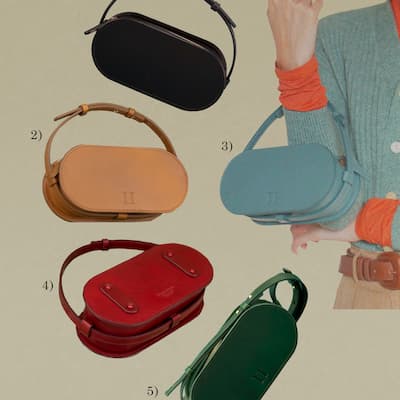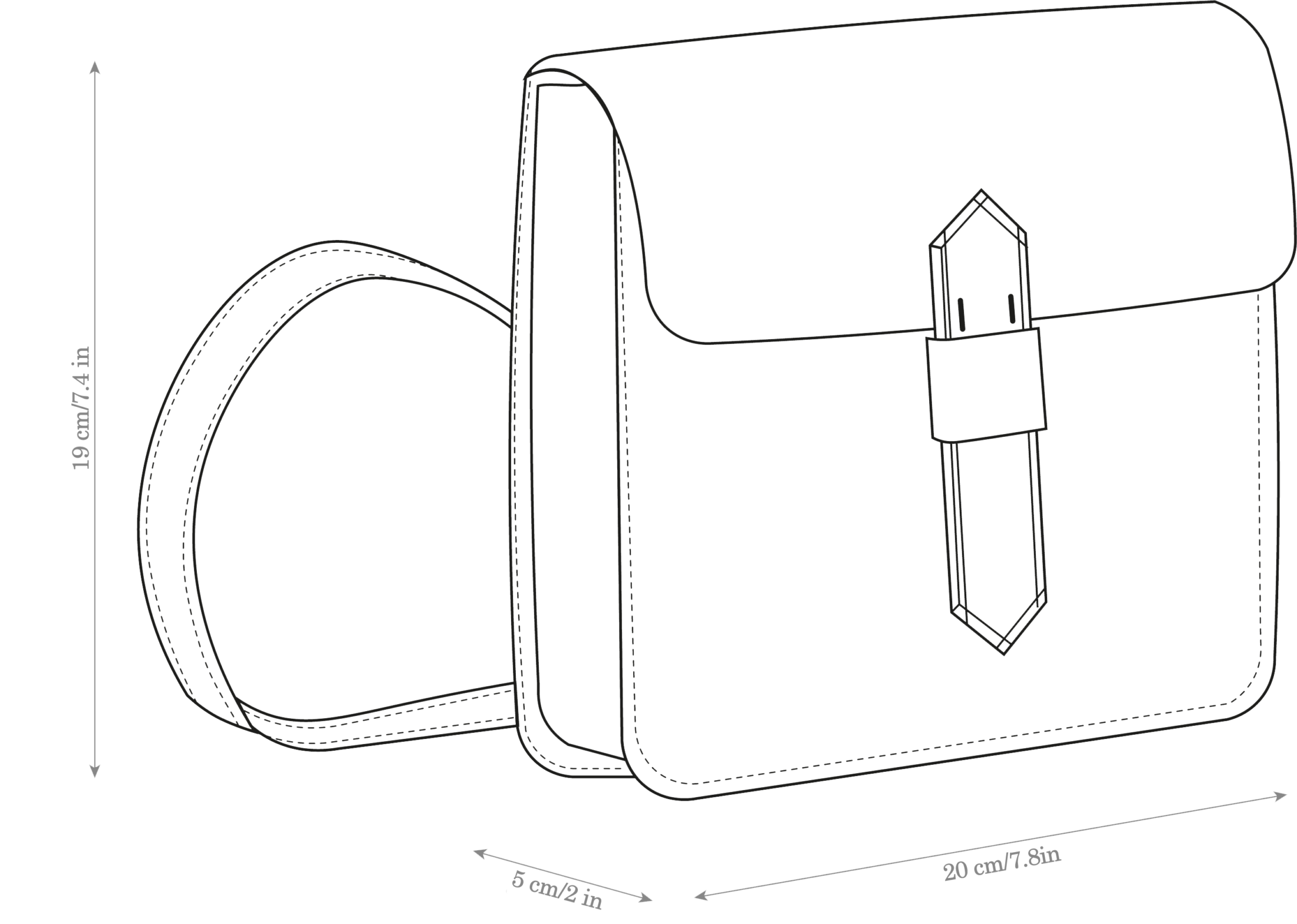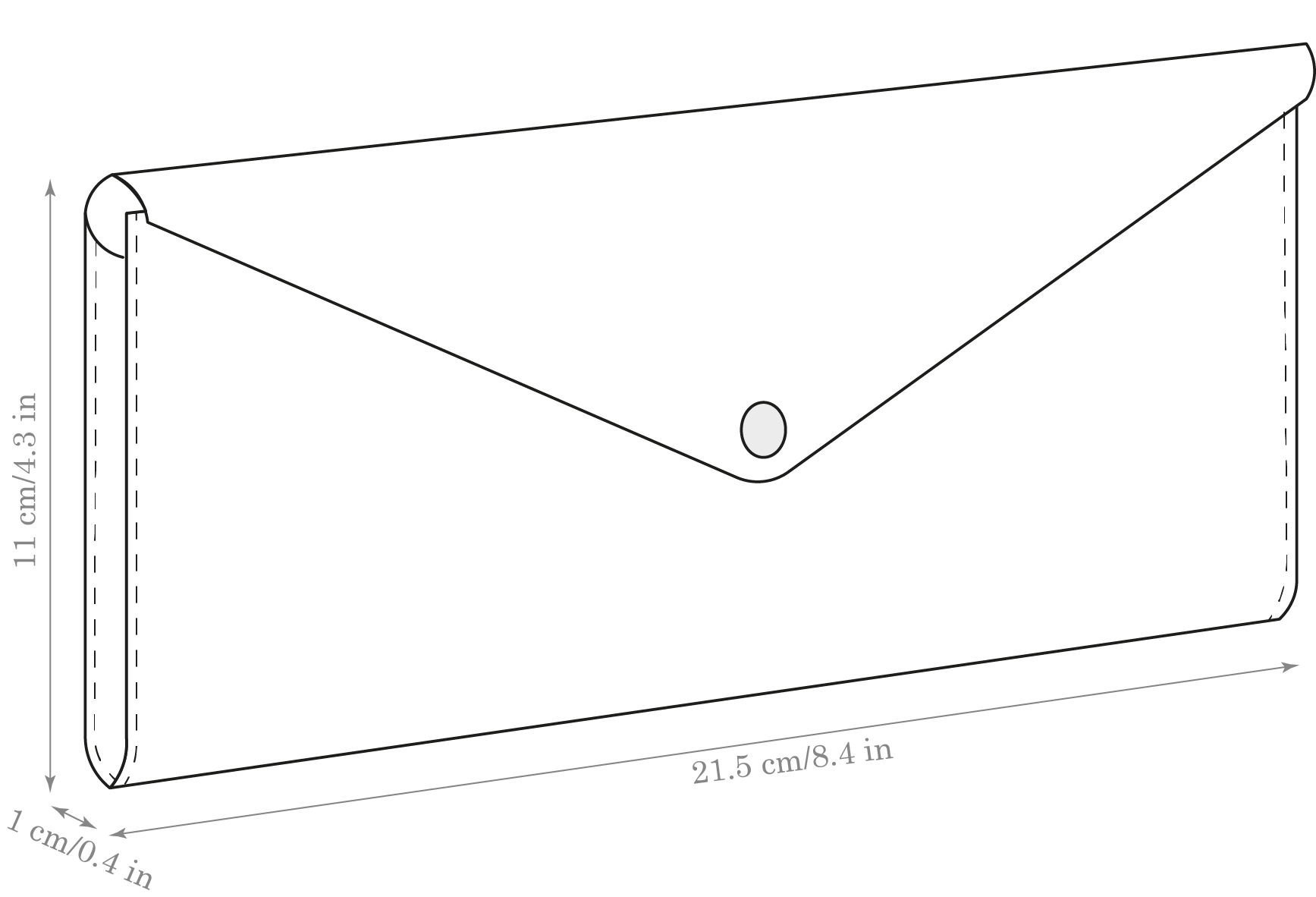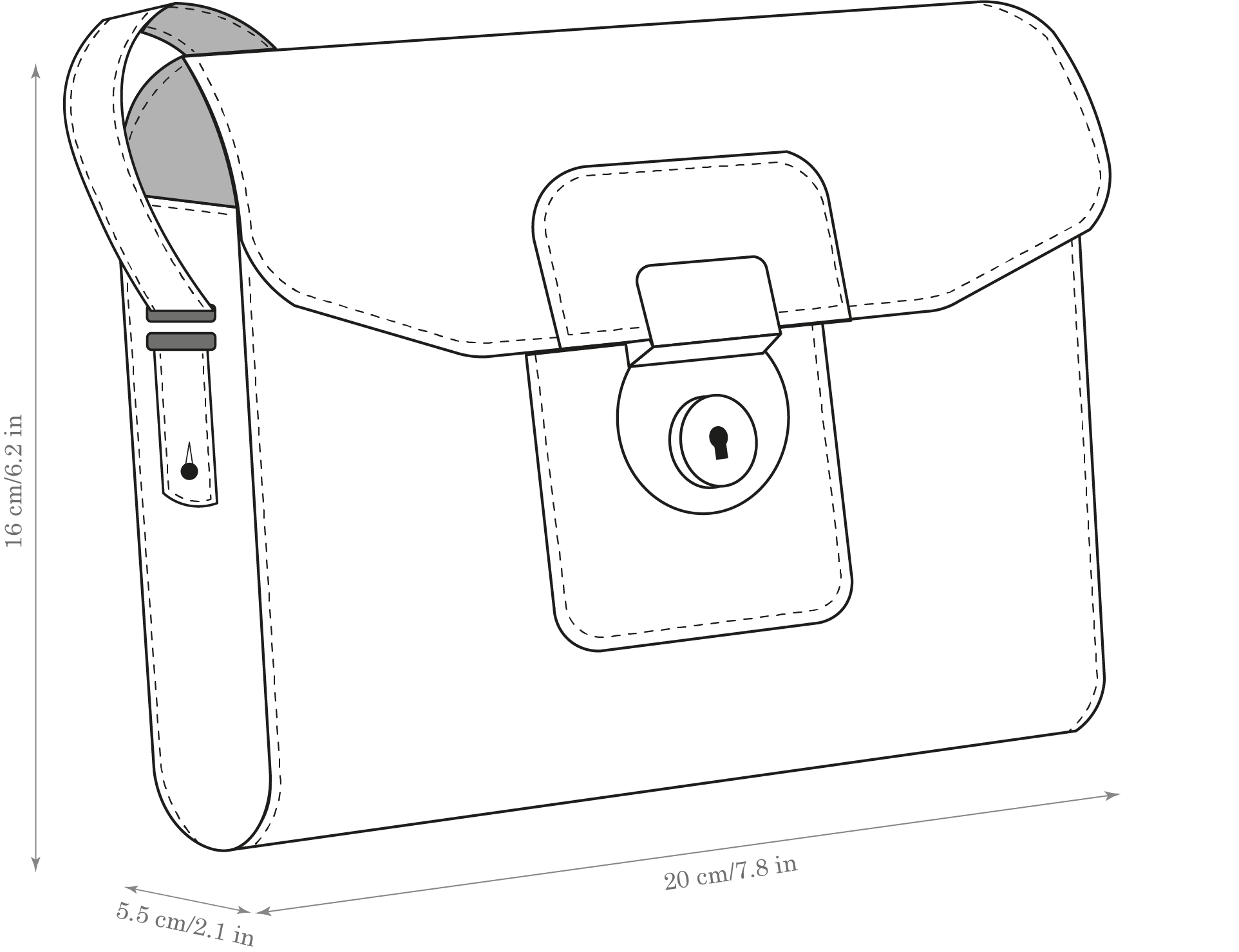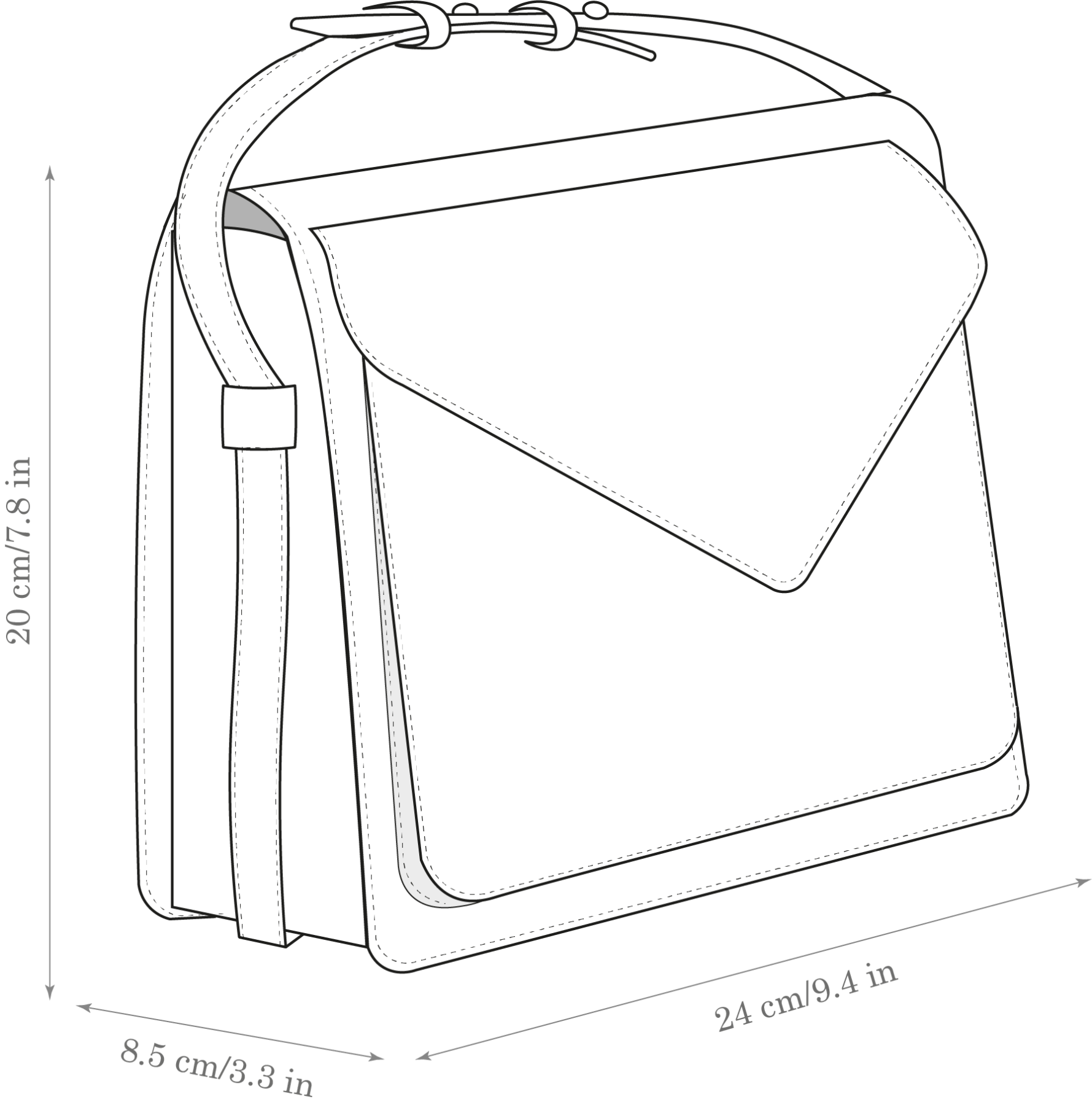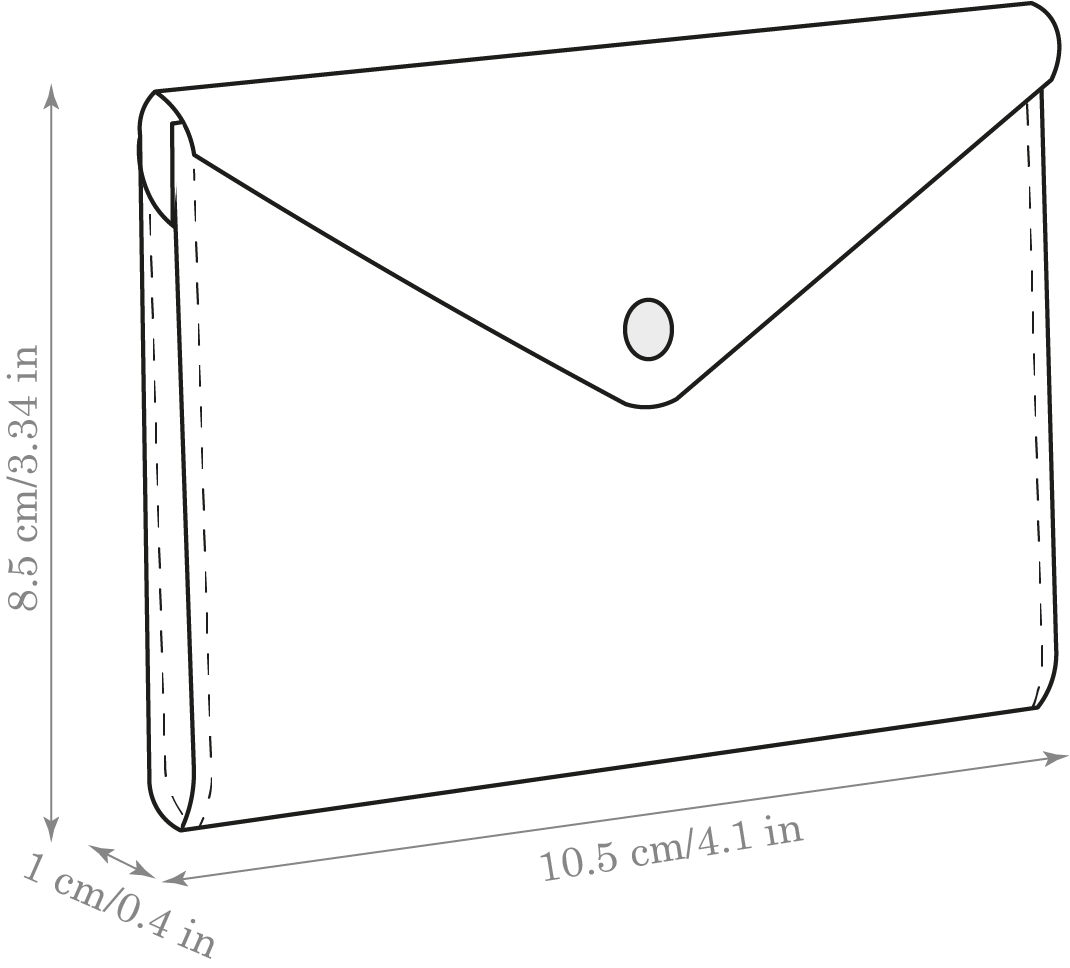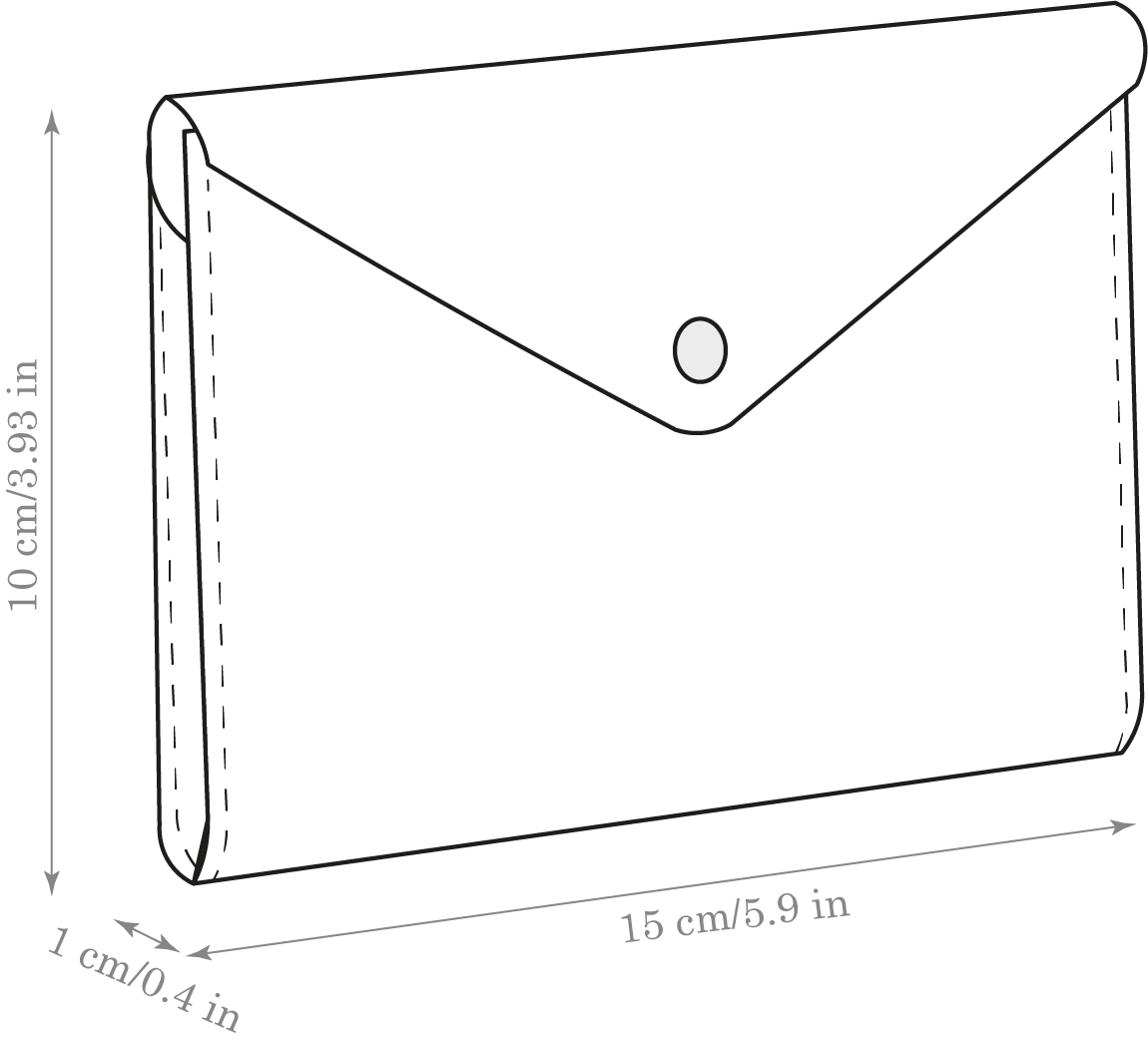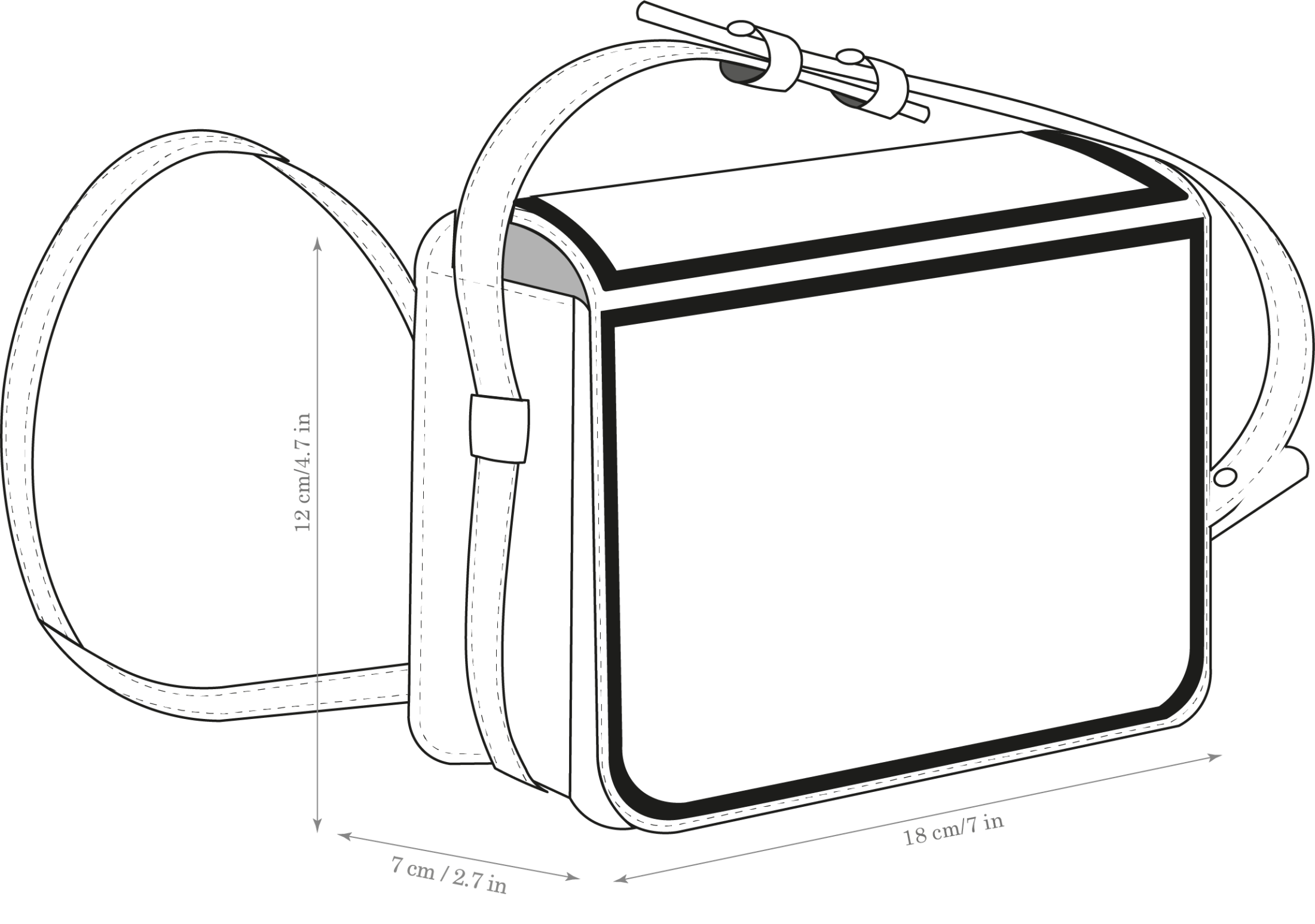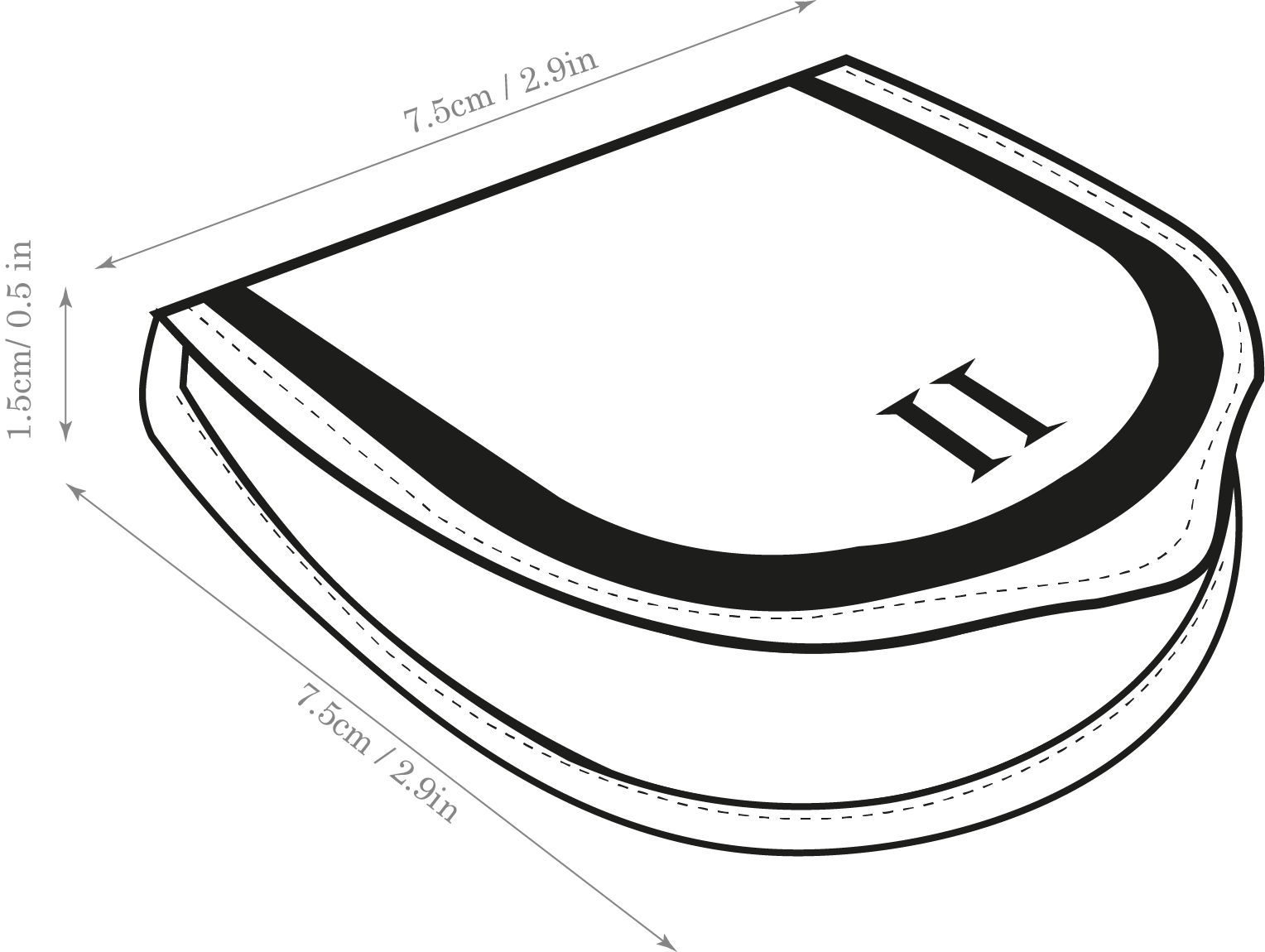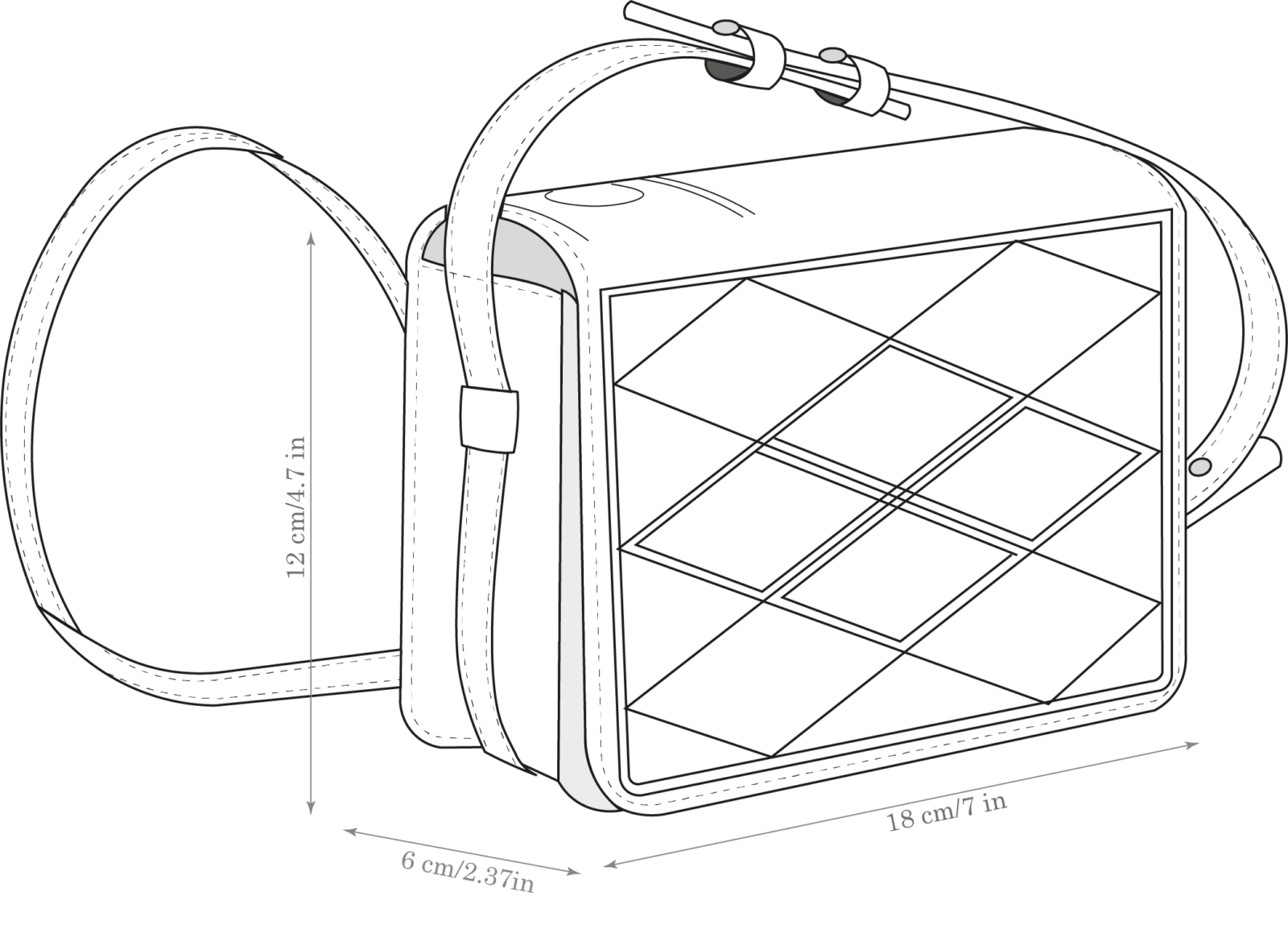New York Times
T- magazine
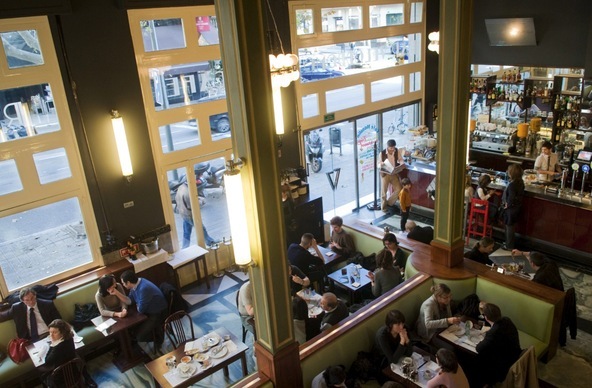
The best way to beat a case of recession whiplash just might be a trip to Barcelona. Not only is Catalonia’s largest city a contagiously happy, optimistic sort of place, but it also just keeps getting better and better. Why? Recession or not — Spain’s economy is in bad shape, too — the locals honestly believe their city will be more beautiful, ecological, socially harmonious and culturally vibrant in the future, and they’re probably right.
This upbeat mindset also explains Barcelona’s insatiable appetite for the new and its willingness to wing it with the avant garde. Depending on the airline you use, your first taste of this futurism will be Barcelona airport’s stunning new $1.7 billion Terminal One, a shimmering white metal-granite-and-frosted-glass Bauhaus beauty by the busy Spanish architect Ricardo Bofill.
The ongoing local hotel boom that started with the 1992 Olympics proves the whole world is still mad for this town. Along the Passeig de Gràcia (the Gaudí district), the local equivalent of New York’s Madison Avenue, the 98-room Mandarin Oriental, created from a former bank headquarters, has made a big stir as the city’s first full-bore luxury hotel since 1994’s Hotel Arts. It plays up its Asian pedigree with Zen-Mediterranean interiors by the Spanish designer Patricia Urquiola; a spa and plunge pool in the old bank vaults; a rooftop terrace with a lap pool and great views; and a restaurant by Carme Ruscalleda, who has three Michelin stars in nearby Sant Pol de Mar and two in Tokyo.
The Mandarin has stopped the local flow of urban development toward the Mediterranean for the first time since Barcelona renovated its seaside for the 1992 Olympics. But there’s still a lot of action on the waterfront. Enoteca at the Hotel Arts won the city’s only new Michelin star for 2010, heaping praise on Paco Pérez’s contemporary Catalan comfort food — arroz with truffles, sea cucumbers and cepes in a sauce of ham drippings. The other big news by the big blue is the new W Barcelona, a 473-room sail-shaped building right on the edge of the old fishermen’s quarter of Barceloneta. Designed by Bofill, it was greeted with decidedly mixed reviews. Some locals have already started a petition to have it torn down (it blocks views, its prices offend), and the El País columnist Agustí Fancelli railed about the “scandalous privatization” of public land and compared the form of the building to “an inglorious beer belly.” Nonetheless, it’s worth popping in if only to take in the views at the Eclipse bar on the 26th floor over a glass of cava.
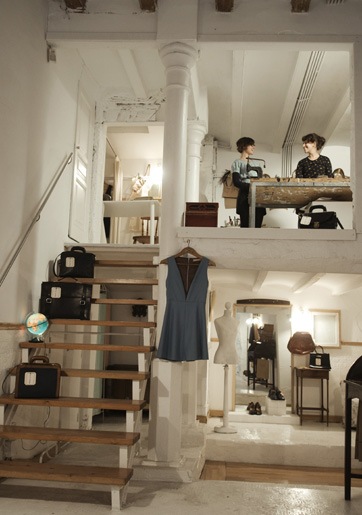
The hippest local hang in town right now, however, is the uptown Bar Velódromo (Calle Muntaner 213; 011-34-93-430-6022), a beloved local institution that opened in 1933, closed in 2000, and is now back and better than ever. Open from 6 a.m. to 3 a.m., this great looking art-deco space with pistachio green banquettes has quickly re-established itself as an all-purpose urban perch. Stop by for lunch, a cup of tea, a post-nightclubbing breakfast, tapas, dinner — chef Carles Abellán puts a modern spin on traditional Catalan cooking — or even a game of pool. And be sure to sling a black nubuck custom’s officer bag from Iriarte Iriarte over the back of your chair. The city’s fashion insiders have recently started swooping into this new shop for well-crafted leather goods.
And if you want just one delicious lesson in why Barcelona is such an appealing city, head for the Mercat de la Llibertat, an art-nouveau covered market that reopened three months ago after a multimillion-dollar renovation by the city-run agency Mercats de Barcelona. One of the oldest markets in Barcelona, Llibertat opened in 1888 and remains a place where locals shop for live snails, wild mushrooms and fresh fish without dodging tourists. And now there’s air-conditioning, free parking, a home-delivery service, several cafes, and a supermercado, which provides an ultraconvenient one-stop fix for gourmands in this food-mad city. “The municipal markets constitute one of the most relevant pieces of the social fabric of the city,” Mercats de Barcelona states on its Web site — a modest but revealing explanation of why past and present coexist so harmoniously in one of Europe’s most visionary cities.
NYTimes (2009)
Photo: Adriana Lopez Sanfeliu
Text: Alexander Lobrano
